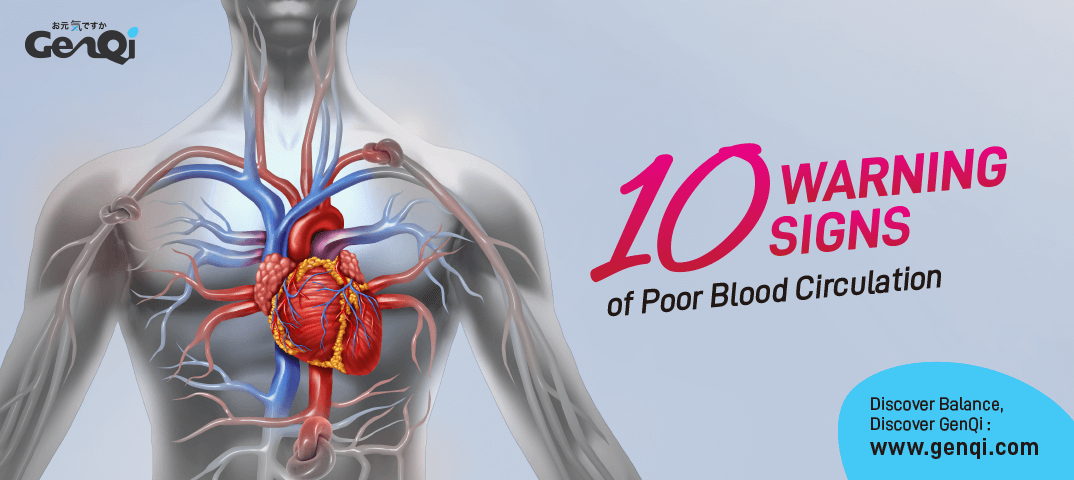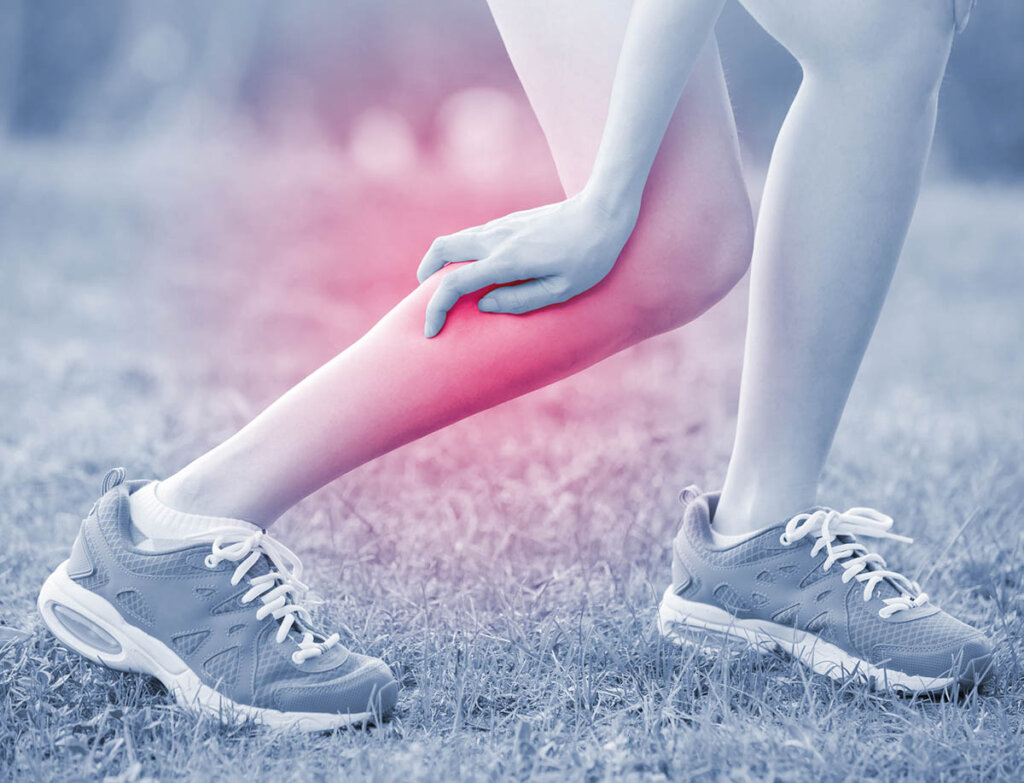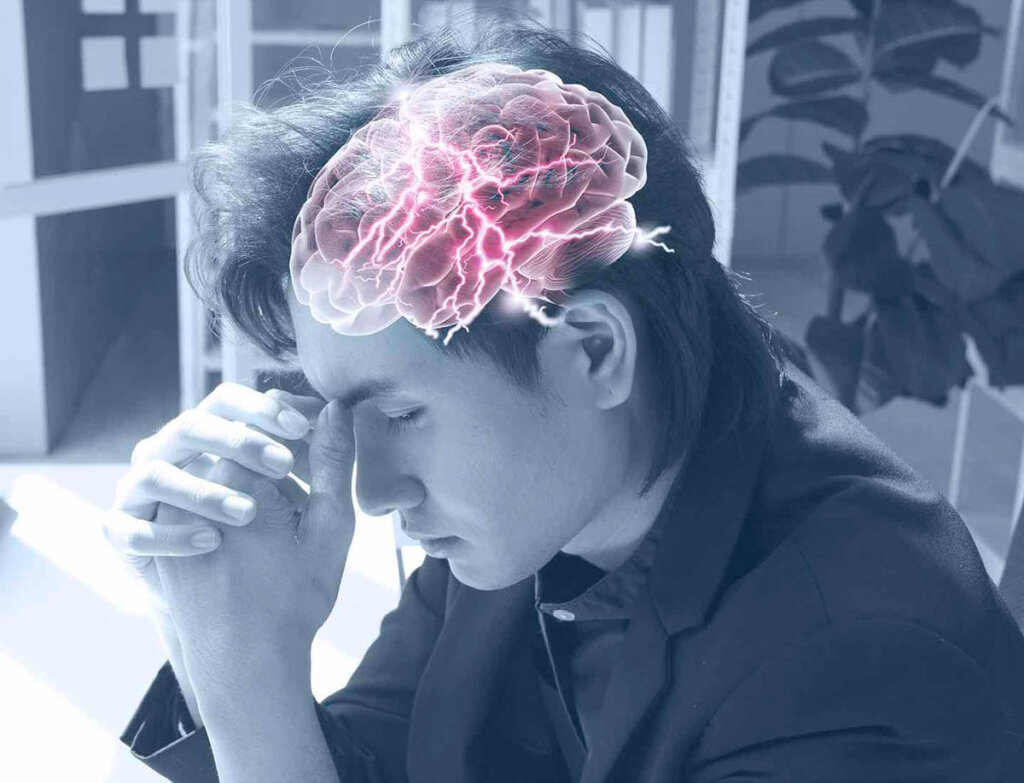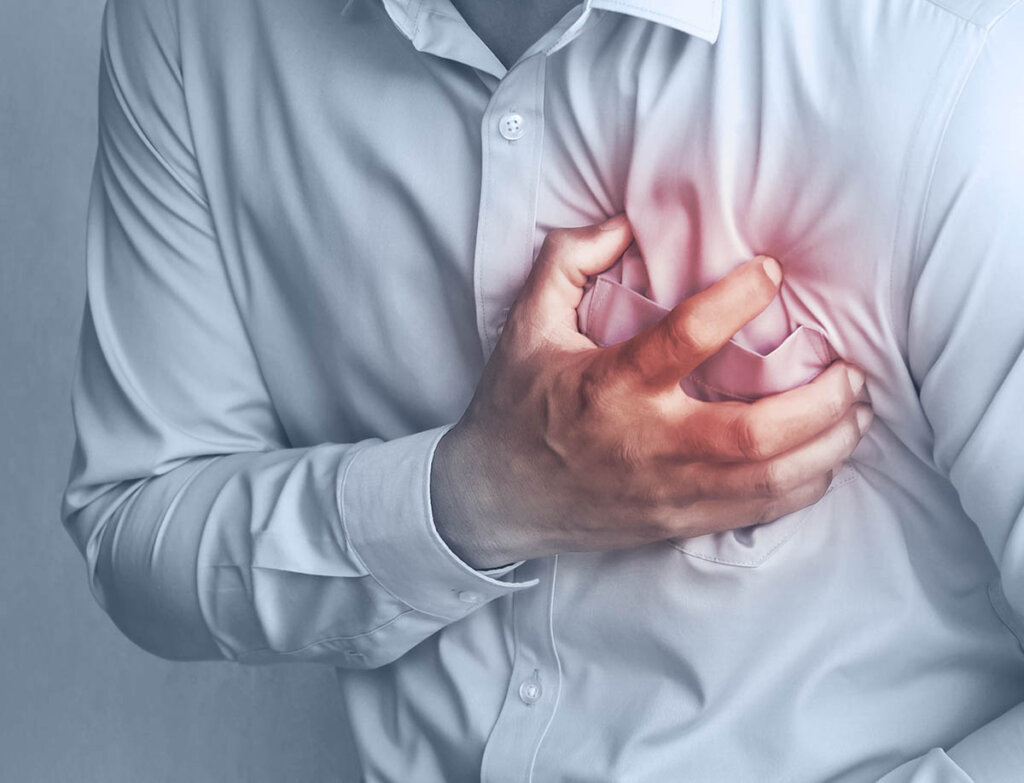
10 Warning Signs of Poor Blood Circulation
Healthy blood circulation is vital to your body functioning effectively. If your blood vessels become damaged or diseased, blood flow could be restricted to the body’s tissues and organs, depleting them of oxygen and much-needed nutrients.
Vascular disease, the medical term for diseases of the veins and arteries, most commonly affects the arteries of the heart, brain, and legs. Circulatory system diseases are more common than heart disease and cancer, affecting many people around the world.
One of the main causes of poor blood circulation is the hardening and narrowing of arteries due to a build-up of fatty substances called plaques. If an artery ruptures due to plaque, it can cause a blood clot, which blocks the blood supply to the heart triggering a heart attack, or it can restrict blood supply to the brain triggering a stroke.
Meanwhile, narrowing the arteries in the legs can restrict blood flow to the feet, creating a condition known as peripheral arterial disease (PAD). This can make you more prone to injury, infection, and ulceration while causing your skin to heal more slowly.
What Is Poor Blood Circulation?
1. Painful Cramps
You may experience painful cramps in your calf muscles during activities that can also be experienced in your hip and thigh, which will improve after resting. The pain typically comes on each time after the same amount of exercise (e.g. walking the same distance at the same pace) and it usually occurs due to a lack of oxygen and nutrients reaching your tissues effectively due to poor blood circulation.

Symptoms of Poor Blood Circulation
2. Numbness, Weakness and Swelling
Lack of blood supply to the extremities can result in feelings of weakness and numbness in these areas. When poor blood circulation interferes with the kidneys, it can lead to abnormal swelling, particularly in the feet.
3. Varicose Veins
When the valves in the vein become weakened, blood and pressure builds up causing the veins just below the surface of the skin to twist and swell. They are usually blue or purple in colour and appear near the feet and ankles.
4. Exhaustion and Feeling Cold
When blood supply is restricted, depriving the body of the necessary fuel to maintain optimal energy and temperature levels, it can lead to lethargy and a sensation of being colder than normal. This condition is often exemplified by Raynaud’s syndrome, which affects circulation, causing a noticeable change in the colour of fingers and toes when exposed to cold, anxiety, or stress. These manifestations are frequently accompanied by symptoms such as pain and numbness.

Proper brain function is contingent on sufficient blood flow, and a decrease in blood circulation may lead to challenges in concentration as well as issues with both short and long-term memory. Vascular dementia, a condition stemming from diminished blood flow to the brain, tends to progressively deteriorate. Its symptoms encompass difficulties in concentration, impaired planning, and a noticeable slowing down of cognitive processes.
5. Poor Cognitive Function
Poor blood circulation has a direct impact on the immune system, since the antibodies essential for combating infections are transported through the bloodstream. Consequently, when blood flow is constrained, there is a higher likelihood of experiencing more frequent illnesses, prolonged recovery times, and a delay in the healing of cuts and grazes.
6. Weak Immune System
7. Hair Loss and Weak Nails
Insufficient blood circulation can impede the delivery of essential nutrients to the roots of your hair, potentially causing it to become thin, weak, and prone to falling out. Likewise, poor blood circulation may hinder the adequate blood flow to your fingers, leading to deprived oxygen supply to the nail beds. Consequently, this can contribute to the development of brittle nails that are prone to easy breakage.

8. Disrupted Bowel Movements
A decrease in blood flow across the body can contribute to a deceleration of digestive processes. As time progresses, this sluggishness can manifest in irregular bowel movements, encompassing issues such as constipation, diarrhea, or abdominal pain.


9. Erectile Dysfunction
Men facing poor circulation as a result of clogged arteries may encounter challenges in achieving an erection, primarily due to inadequate blood flow in the reproductive organs. Peripheral artery disease (PAD) is believed to be the underlying cause in approximately 70% of erectile dysfunction cases, and difficulties in attaining an erection frequently serve as indicators of broader circulatory issues.
10. Angina
Angina, characterized by chest pain, arises from limited blood flow to the heart muscles. In the context of poor circulation, the heart muscles are deprived of the necessary oxygen and nutrients for optimal functioning. The sensation of angina is often described as a tight, heavy feeling in the chest, akin to cramping, and may radiate across the arms, neck, jaw, or back. It serves as a crucial warning sign, indicating an elevated risk of a potential heart attack.

